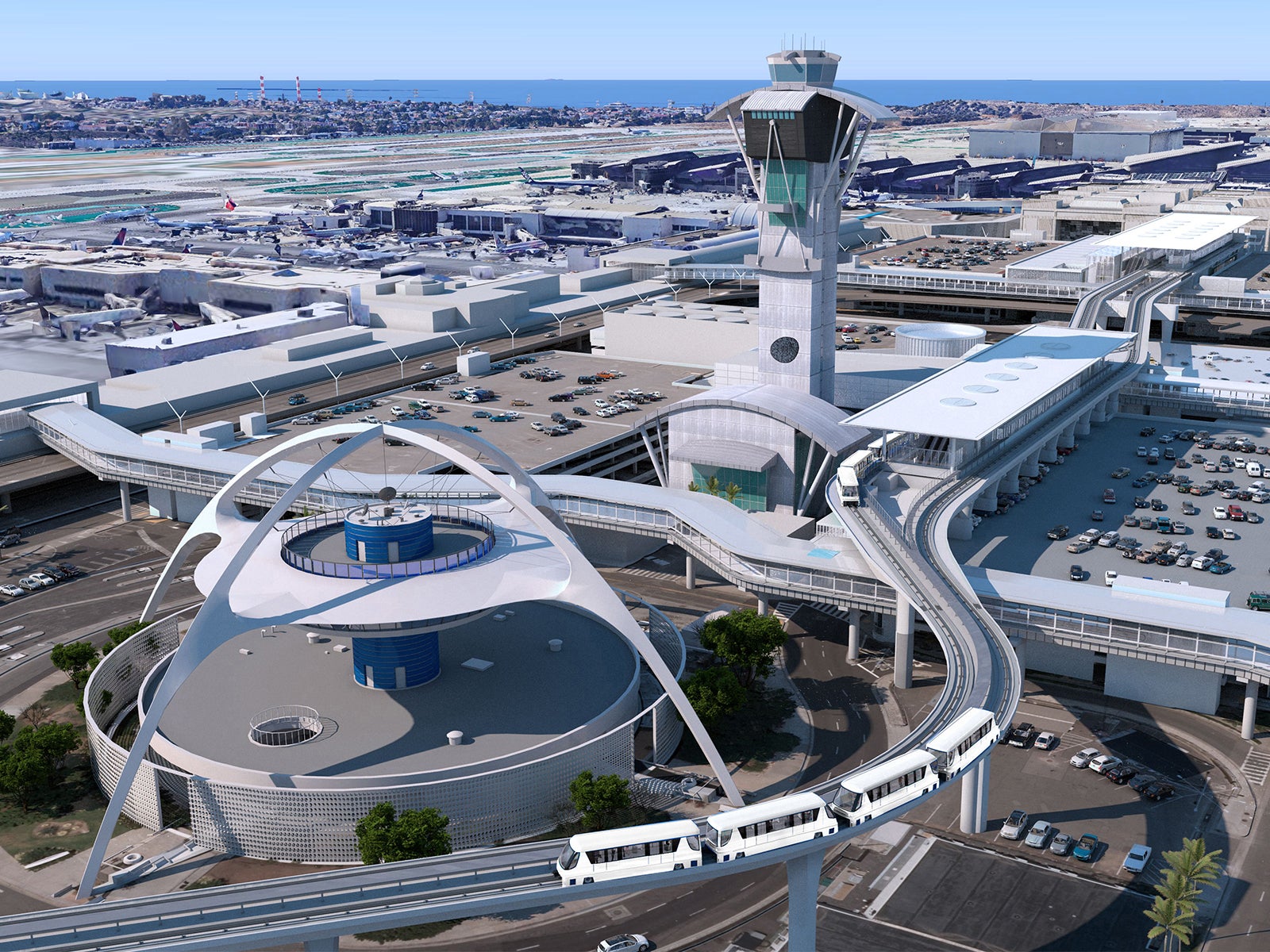Los Angeles International Airport, commonly known as , stands as a bustling symbol of the dynamic city it serves. Nestled in the heart of the West Coast, is not merely a transportation hub but an iconic landmark that mirrors the spirit of Los Angeles itself. This article explores the history, infrastructure, services, and unique features that make LAX one of the busiest and most significant airports in the world.


History:
Established in 1930, LAX has evolved from a modest municipal airport into a global aviation powerhouse. Originally known as “Mines Field,” it served as a general aviation facility before transforming into a major international airport. The early years saw rapid expansion, and by the 1960s, had become a pivotal gateway for transpacific flights.


Infrastructure and Terminals:
LAX boasts a vast and sophisticated infrastructure designed to handle the immense volume of air traffic it receives. The airport is divided into nine terminals LAX airport, each serving various airlines and destinations. Terminal 1, for instance, primarily accommodates Southwest Airlines, while international carriers find their home in the Tom Bradley International Terminal (TBIT). The airport’s expansive layout ensures smooth operations and convenient connectivity for passengers.
One of LAX’s notable features is the distinctive Theme Building, an architectural marvel that has become an iconic symbol of the airport. Designed in the Googie style, the building houses a restaurant and an observation deck, offering visitors breathtaking views of the airport and the surrounding city.


Services and Amenities:
Prioritizes passenger comfort and convenience, providing a wide array of services and amenities. From lounges offering a tranquil escape for premium passengers to a myriad of dining options catering to diverse tastes, the airport ensures a pleasant experience for all travelers. Additionally, numerous shops, duty-free outlets, and cultural exhibits contribute to the vibrant atmosphere of the terminals.
Transportation:
Recognizing the diverse transportation needs of its visitors, LAX offers multiple options for getting to and from the airport. Ground transportation includes rental car services, shuttles, taxis, and rideshare options. The airport is well-connected to the city’s public transportation system, with bus services and a dedicated airport shuttle providing seamless connectivity.


Environmental Initiatives:
In response to the growing concern for environmental sustainability, LAX has implemented various initiatives to reduce its ecological footprint. The airport has invested in energy-efficient technologies, implemented waste reduction programs, and introduced eco-friendly transportation options. These efforts align with Los Angeles’ commitment to being a green and environmentally conscious city.
Modernization Projects:
To maintain its status as a world-class airport, LAX has embarked on ambitious modernization projects. These initiatives aim to enhance passenger experience, improve operational efficiency, and accommodate the ever-increasing air traffic. The airport’s commitment to innovation is evident in the ongoing construction projects, including terminal upgrades, runway improvements, and the implementation of advanced technology for security and efficiency.
Conclusion:
Los Angeles International Airport, with its rich history, state-of-the-art infrastructure, and commitment to passenger satisfaction, stands as a testament to the spirit of Los Angeles – a city known for its innovation, diversity, and global influence. LAX is not merely a transportation hub; it is a gateway to the City of Angels, welcoming millions of visitors each year and playing a vital role in connecting people across the globe. As LAX continues to evolve and adapt to the ever-changing aviation landscape, it remains an integral part of Los Angeles’ identity and a symbol of the city’s boundless possibilities.

